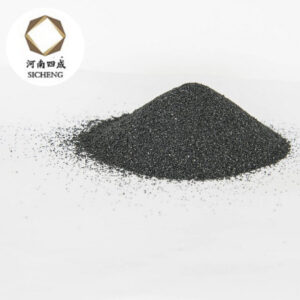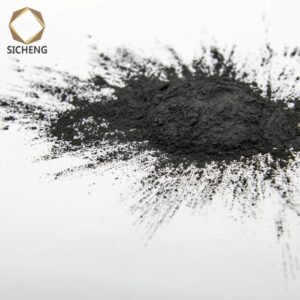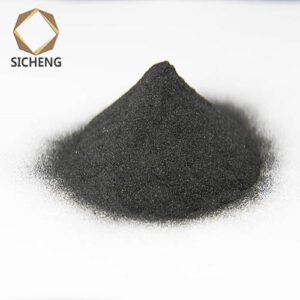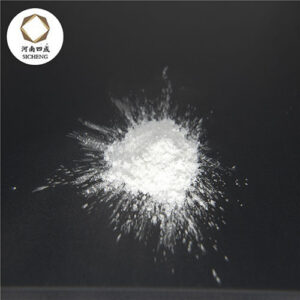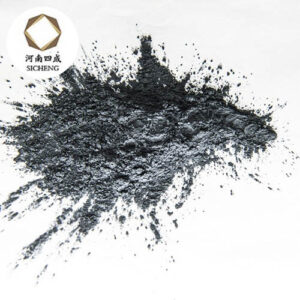Why Boron Carbide is Used for Grinding Graphite Sheets
In the vast field of precision manufacturing and materials science, graphite sheets, as a high-performance material, are widely used in electronics, aerospace, nuclear energy and other industries. However, the processing of graphite sheets, especially the grinding stage, places extremely stringent requirements on the selection of grinding materials. Boron carbide (B4C), a special ceramic material known for its excellent performance, is gradually becoming the preferred choice in the field of graphite sheet grinding. This article will explore its advantages in graphite sheet grinding from multiple dimensions such as boron carbide’s physical and chemical properties, grinding efficiency, wear resistance, and cost control.
1. Excellent physical and chemical properties of boron carbide
Boron carbide (B4C), commonly known as “black diamond”, is an inorganic compound known for its high hardness, high melting point, low density and chemical stability. Its Mohs hardness is close to 9.5, second only to diamond and cubic boron nitride, and is the third hardest substance in nature. This characteristic enables boron carbide to maintain extremely high stability and durability during high-pressure and high-friction grinding. In addition, boron carbide has a melting point of up to 2450°C, and can maintain its structural integrity even in high temperature environments, and is not prone to deformation or melting, which is particularly important for processes that require high-temperature grinding.
The chemical stability of boron carbide is also remarkable. It is almost insoluble in water and all common acid and alkali solutions, and exhibits extremely high corrosion resistance even in strong acid (such as hydrochloric acid, nitric acid) and strong alkali (such as sodium hydroxide, potassium hydroxide) environments. This chemical inertness not only extends the service life of the grinding tool, but also avoids the impact of impurities generated by chemical reactions on the quality of the graphite sheets.

